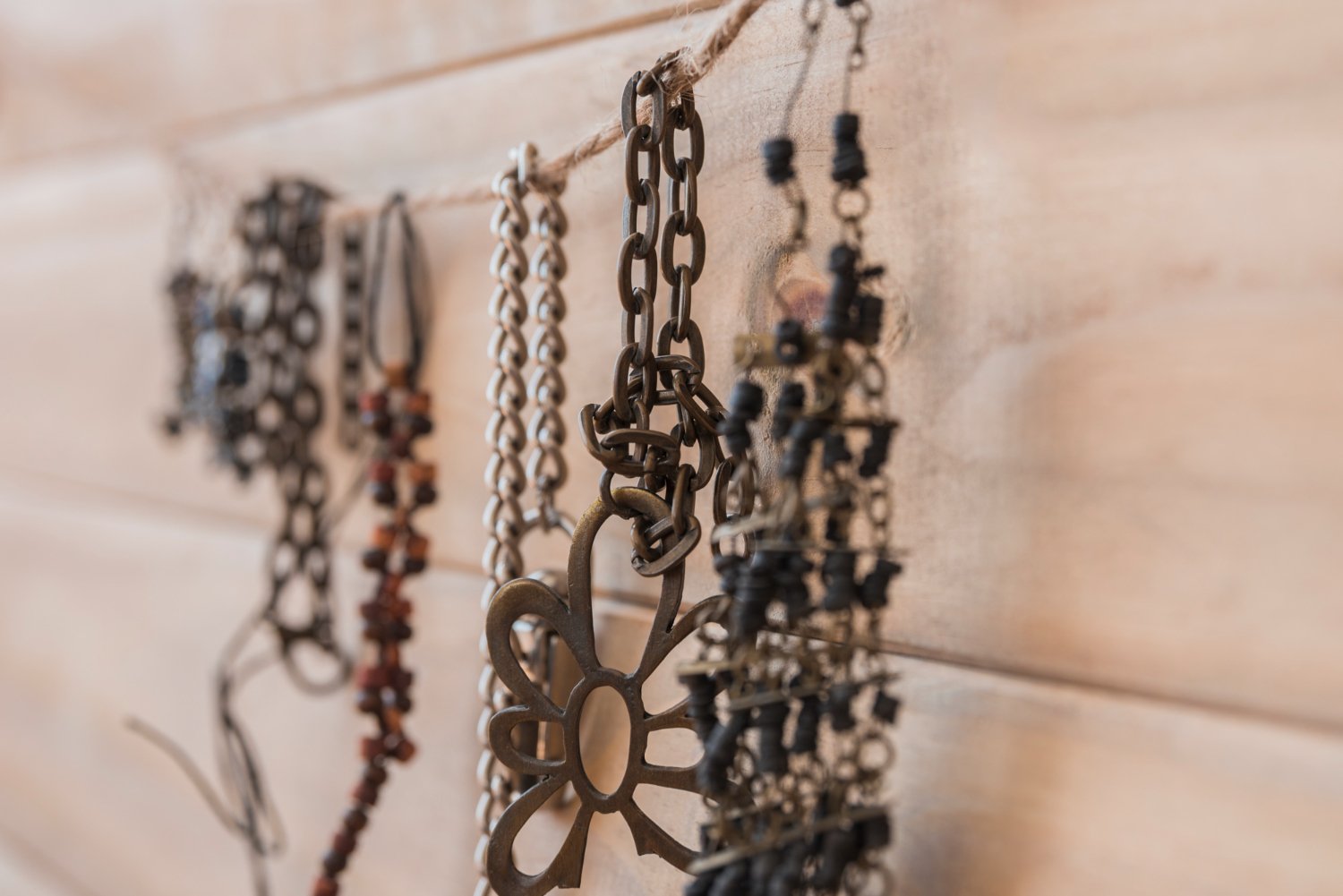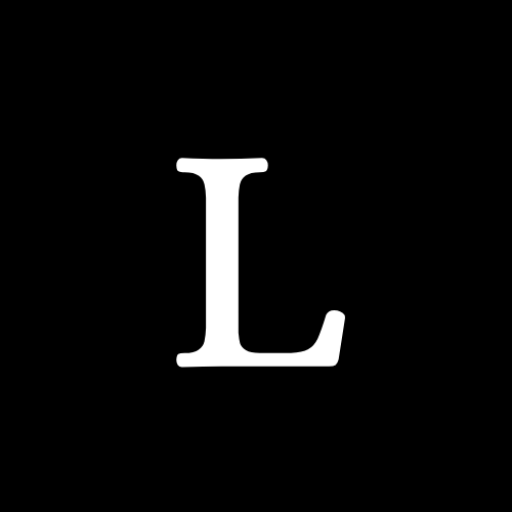Understanding how to calculate occupancy of a charter business is crucial for success. Whether you run a transportation charter, boat rental service, or event charter, occupancy rates directly impact profitability. This article outlines charter business occupancy calculation methods and provides actionable tips to optimize utilization.
Why Occupancy Rates Matter in a Charter Business
Occupancy rates reflect how efficiently a charter business uses its resources. A high occupancy rate indicates strong demand and proper resource allocation, while a low rate signals underutilization. Here are some key benefits of calculating occupancy:
- Measure profitability: High occupancy leads to increased revenue.
- Improve resource management: Helps in allocating resources effectively.
- Identify trends: Enables tracking of peak and off-season patterns.
Accurate occupancy calculations are vital for business growth.
Steps to Assess Charter Business Capacity Usage
1. Understand the Concept of Occupancy Rates
Occupancy rate refers to the percentage of available capacity that is actively used. For example, in a fleet of 10 buses, if 7 are booked, the occupancy rate is 70%.
The formula is straightforward:
Occupancy Rate = (Total Units Utilized / Total Units Available) × 100
2. Gather Data
To calculate occupancy, collect these key data points:
- Total capacity: The total number of seats, vehicles, or spaces available.
- Units utilized: The actual number of units used during a specific period.
- Time frame: Define whether you’re measuring daily, weekly, or monthly occupancy.
3. Use the Occupancy Rate Formula for Charter Businesses
Apply the data to the formula. For instance:
- If your boat rental service has 20 boats and 15 are rented, the calculation is:
(15/20) × 100 = 75% occupancy rate
4. Analyze Trends
Tracking occupancy rates over time helps identify patterns, such as busy seasons and underperforming periods.
Methods to Calculate Charter Business Utilization
1. Manual Calculation
Use spreadsheets to log bookings and available capacity. Update the data regularly and apply the occupancy formula.
2. Software Tools
Advanced booking systems and management software automate occupancy tracking. These tools provide real-time insights and analytics.
3. Customer Feedback
Survey your customers to identify reasons for low occupancy and areas of improvement.
Factors Affecting Charter Business Occupancy Levels
1. Seasonality
Charter businesses often experience seasonal fluctuations. For instance, a boat charter may have high occupancy during summer but lower rates in winter.
2. Marketing Strategies
Targeted marketing campaigns can drive higher bookings and improve occupancy rates.
3. Pricing Models
Dynamic pricing strategies, such as offering discounts during low-demand periods, can boost utilization.
4. Operational Efficiency
Efficient scheduling, timely maintenance, and staff readiness contribute to higher occupancy rates.
Tips to Optimize Occupancy for Charter Businesses
1. Diversify Services
Offering a variety of services can attract a broader audience. For example, a transportation charter could add school trips or corporate shuttles to its services.
2. Leverage Data Analytics
Analyzing historical data helps predict trends and make data-driven decisions to increase occupancy.
3. Implement Dynamic Pricing
Adjusting prices based on demand encourages bookings during slower periods.
4. Enhance Customer Experience
Satisfied customers are more likely to return and recommend your services, leading to higher occupancy.
5. Expand Marketing Efforts
Use digital marketing, social media, and partnerships to reach a wider audience and boost bookings.
Examples of Calculating Utilization for a Charter Business
Scenario 1: Boat Charter Service
A boat rental business has 10 boats available. Over the weekend, 7 boats were rented. The occupancy rate is:
(7/10) × 100 = 70%
Scenario 2: Event Charter Service
An event charter service has 5 buses, each with 50 seats. Over a week, 200 seats were sold. The occupancy rate is:
(200/(5 × 50)) × 100 = 80%
Challenges in Measuring Occupancy for a Charter Service
1. Inconsistent Bookings
Demand fluctuations can make it difficult to maintain consistent occupancy.
2. Data Accuracy
Inaccurate data collection can lead to incorrect calculations.
3. External Factors
Weather, economic conditions, and competition can impact occupancy rates.
Conclusion
Understanding how to calculate occupancy of a charter business is key to improving efficiency and profitability. By using simple formulas, analyzing trends, and implementing strategies like dynamic pricing and diversified services, you can optimize your business’s utilization. Consistently monitoring and improving occupancy rates ensures sustainable growth and customer satisfaction.
FAQs
1. What is an occupancy rate in a charter business?
It’s the percentage of available capacity actively used during a specific period.
2. How do I calculate occupancy for a charter business?
Use the formula:
(Total Units Utilized / Total Units Available) × 100
3. What factors affect occupancy rates?
Seasonality, pricing strategies, marketing, and operational efficiency influence occupancy rates.
4. Can software help in calculating occupancy?
Yes, booking and management software can automate calculations and provide real-time insights.
5. How can I improve occupancy for my charter business?
Focus on dynamic pricing, marketing, diversifying services, and enhancing customer experience.
By applying these methods and tips, you can ensure better performance for your charter business.











